Red string. A whole ball of it. That was what a dear relative in Los Angeles asked me to bring her from Israel when I come to visit.
But not just any red string. It has to be the kind that vendors hawk at the Western Wall. That is, it has to be the stuff from which you make a bendel — a wristlet that wards off evil, restores health and makes barren women fertile. It has to be the stuff that Madonna has turned into a fashion item and that sells for $26 a throw. And there has to be lots of it.
My first reaction is incredulity.
“It’s just string!” I bellow at my laptop. “Just red string.”
Then I counsel myself, “Have respect for someone else’s talisman. You, too, have secret ways of cajoling the hostile forces around you.”
My 90-year-old mother-in-law, who was born in Jerusalem, says that when she was a child no one had heard of red string. It was red ribbon then, and a bit was tied around her wrist after she recuperated from typhus.
The string’s sanctity (and hence its efficacy) derives from its having been wrapped seven times around Rachel’s Tomb. Rachel is one of the four biblical matriarchs, and religious women seek her intercession for everything from a good husband to a cure for cancer.
The wrapping should be easy, I think. But Rachel’s Tomb — on the road to Bethlehem just outside Jerusalem, where I live — is in the territories, neighboring the Aida refugee camp. The building is now a fortress shrouded in a concrete casing. No one enters or leaves without the permission of security personnel. The only way to get there is by armored bus.
Egged, the national bus company, has regular service to the tomb, except on special days, like this one. So first I have to get to the roadblock on the road to Bethlehem and then hop an armored bus.
“When do you leave?” I ask the driver.
“When the bus is full,” he replies.
There are only two other passengers: a modestly dressed teenage girl and a bearded young man in a black suit and hat. But there’s hope. “It’s the eve of Elul,” says the black-suited passenger. Elul is the month of penitence that precedes the Jewish New Year, a time when many religious Jews visit holy places to plead for good health and prosperity in the coming year.
“I just got here from the Machpela Cave,” the burial site in Hebron of Abraham and Sarah, he announces with a grin.
Tomb-hopping seems to be a turn-on.
Suddenly a crowd materializes and starts boarding. From the back of the bus comes the call, “There’s another seat here for a man.” (Religious men and women don’t sit side by side.) In the aisle, men and women of all ages have become one sweating mass.
When it seems there’s no oxygen left, the bus sets out on the five-minute run to Rachel’s Tomb. We pass the Lama Bros. shop and the Jewelry Center, once filled with tourists and now shuttered — victims of the intifada.
The scenery ends as the bus enters a concrete womb. The passengers are hurried into the building by nervous security people. Anyone outside makes an easy target for snipers.
Signs direct us to the men’s section and the women’s section, both in a domed room. And there is the tomb: about eight feet tall and eight feet wide, covered by a navy blue velvet cloth embroidered with symbols of the twelve tribes of Israel. An embroidered inscription implores the Lord to bless “the woman who comes to Your house as [You blessed the biblical matriarchs] Rachel and Leah.”
A plastic cover protects the embroidery.
Ahead of me, as I get as close as I can, at least 30 women are jammed together in rows of six. Those in the first row lean against the tomb, their faces and hands pressed against the plastic. They mouth their prayers inaudibly; the only sound is of their weeping. Teenagers and gnarled grannies, all are crying as they beseech Rachel to intercede for them. It’s hard to ignore the intensity of their prayers. It doesn’t seem to matter that it’s only a tradition that marks this spot as Rachel’s Tomb. There is no way to circumnavigate the tomb; partitions separate the men’s section from the women’s. I reduce my ambition to touching the string to the sacred spot.
A short, heavyset woman pushes in front of me. She has iron-spike elbows; in a trice she’s at the tomb. I motion to Iron Elbows to take the string and do the deed for me.
With the now-sanctified treasure back in my hand, I head for the bus. As we board, I ask a middle-aged woman in a blond wig whether it’s always this crowded on the eve of Elul.
“You’re just lucky you didn’t come on the eleventh of Cheshvan, the date of Rachel’s death,” the woman answers. “Then the tomb is really mobbed.”
Yes, I’m lucky. And I have the red string.
Esther Hecht is a freelance writer based in Jerusalem.






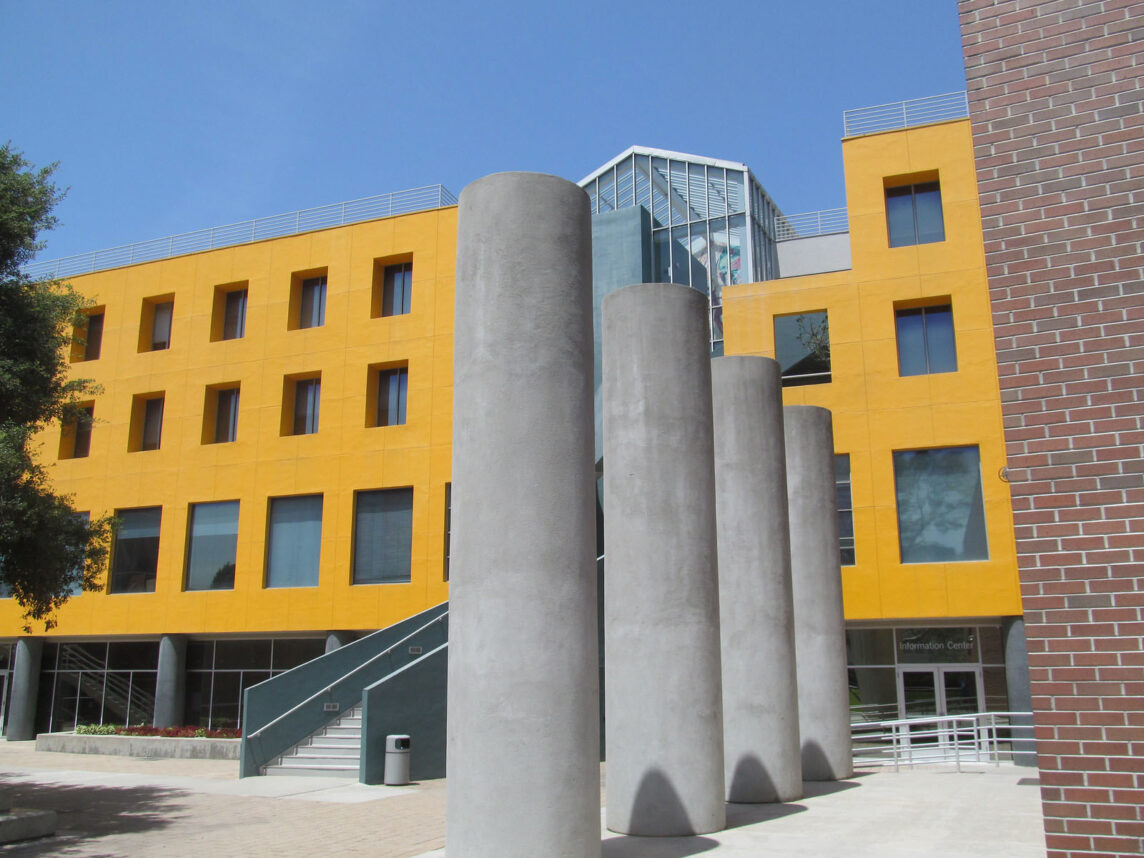
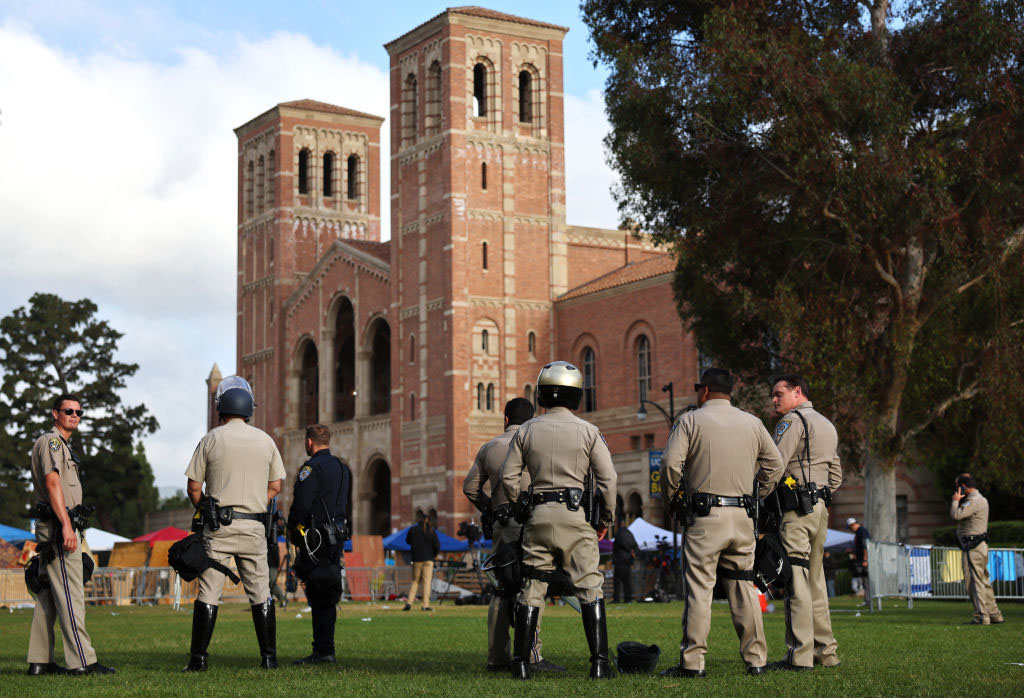
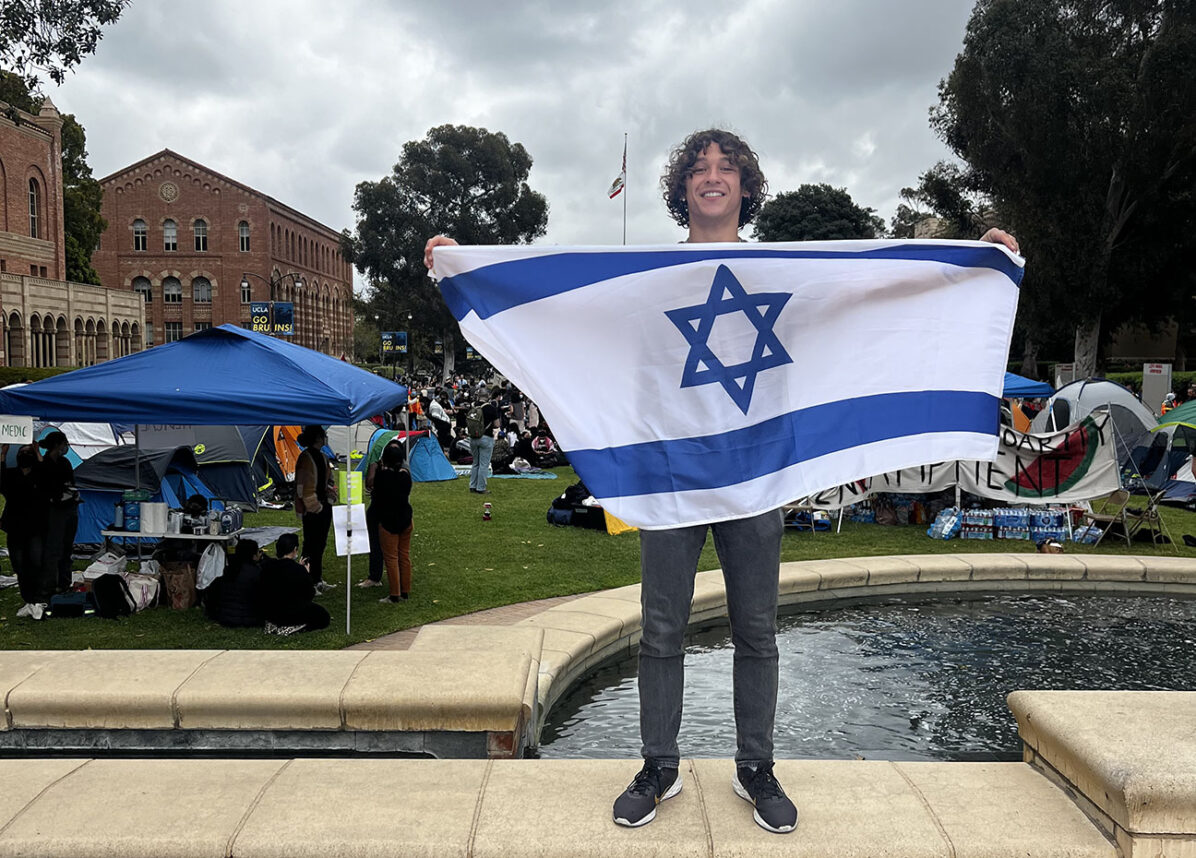

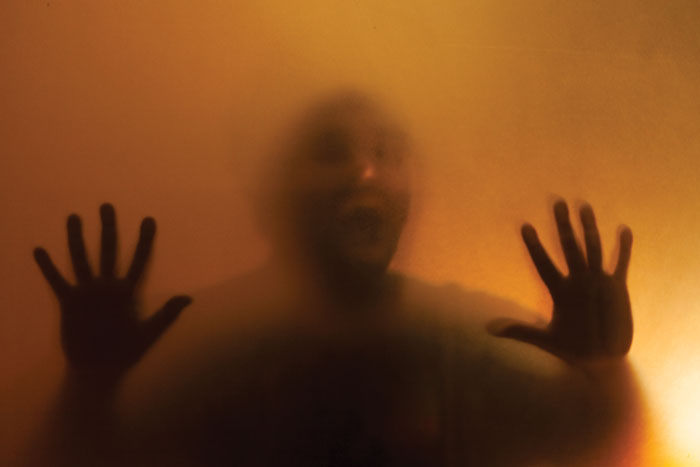
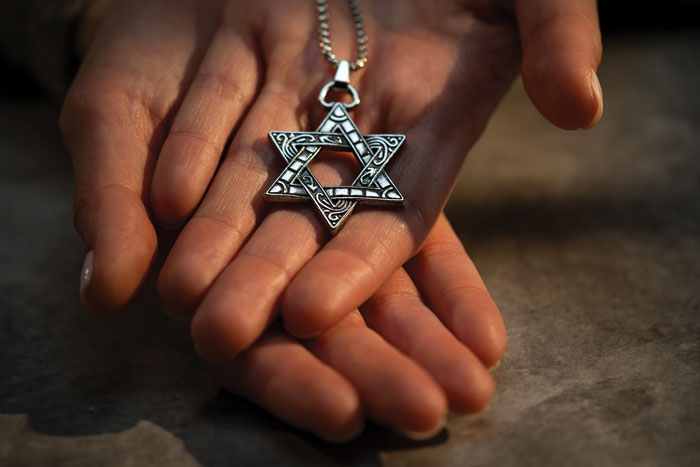

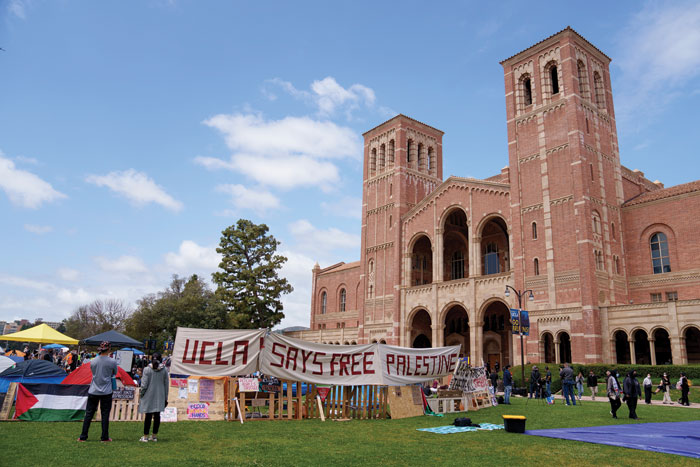


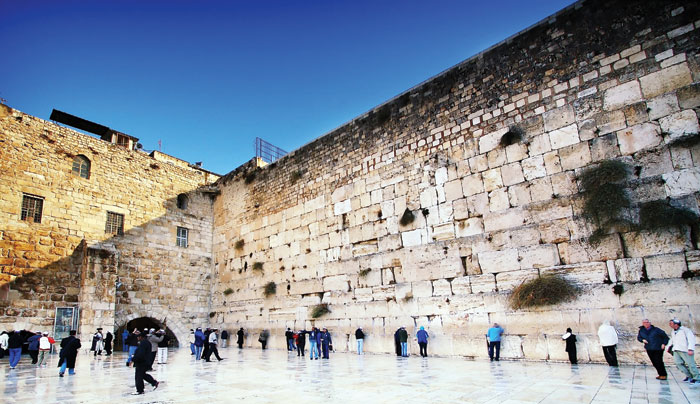





 More news and opinions than at a Shabbat dinner, right in your inbox.
More news and opinions than at a Shabbat dinner, right in your inbox.